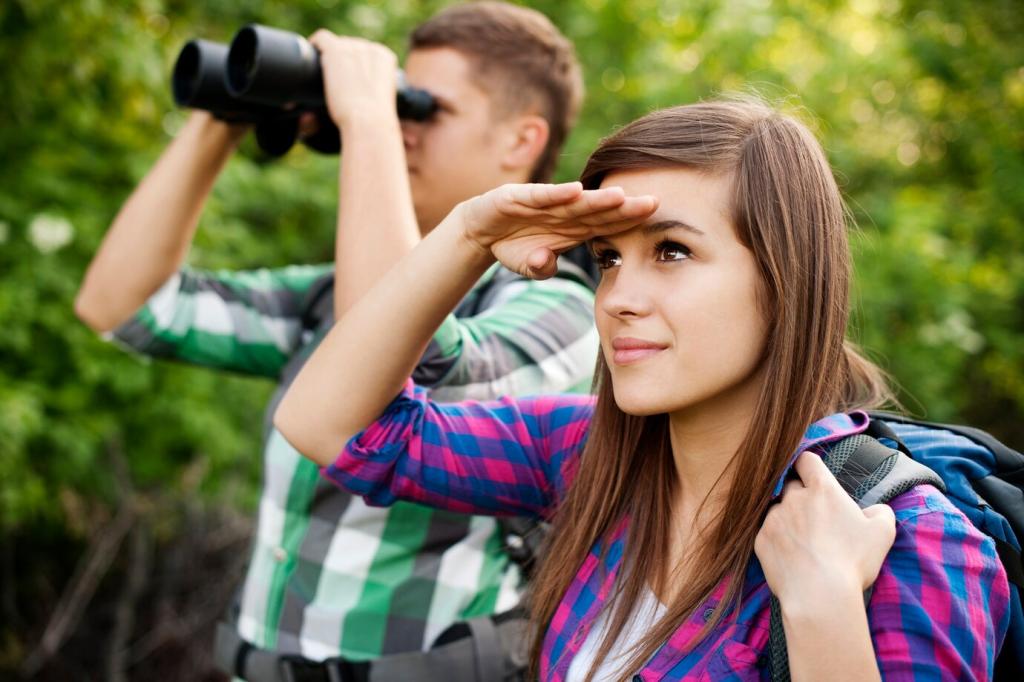Enhancing Book Photos with Smartphone Cameras
Mastering Lighting for Book Photography
Natural light is often considered the best source for book photography, providing soft, even illumination that highlights your book’s features without creating harsh shadows. Position your scene near a window during daylight hours to capture the gentle light that flatters both covers and pages. Early morning or late afternoon sunlight, known as golden hour, tends to produce warmer tones and softer shadows, enhancing the warmth and charm of your photos. Experiment with different window locations and times of day to see how natural light transforms the mood and clarity of your book images.

Composing the Perfect Book Shot
Finding Creative Angles
Exploring different camera angles breathes new life into your book photos. Instead of placing your phone directly above or in front of the subject, try photographing from varying heights or perspectives. Shooting at an angle can emphasize the book’s thickness, reveal interesting page details, or add an artistic edge. Angling your camera slightly can also help reduce glare and create natural depth, making your photos more dynamic and captivating. Don’t be afraid to experiment until you discover the angle that best highlights your book.
Selecting Complimentary Backgrounds
The background you choose says a great deal about your book photo. A clean, uncluttered backdrop draws attention to your subject, while textured or themed backgrounds can add personality and context. Soft blankets, wooden tables, or patterned papers each create a different atmosphere and can either contrast or harmonize with the book’s cover. Be mindful not to let background elements distract from the book itself. Match your background to the book’s genre, mood, or color scheme to enhance the story your photo is telling.
Arranging Props for Storytelling
Props are powerful tools in book photography, providing context and narrative depth to your images. Consider incorporating items related to the book’s theme, such as a steaming mug for a cozy read or relevant accessories like glasses, bookmarks, or plants. Thoughtful prop placement adds texture and interest but should never overshadow your book as the main focus. Arrange props carefully around the book, balancing visual weight and ensuring they complement rather than compete. Through deliberate styling, your photo can transport viewers into the world the book creates.
Editing Photos on Your Smartphone
Adjusting Brightness, Contrast, and White Balance
Accurate exposure is the foundation of every great photo. After capturing your image, use your smartphone’s built-in editor or a favorite app to adjust the brightness and contrast, ensuring the book cover is clear and readable. Fine-tuning the white balance corrects any color casts caused by lighting, presenting your book in its true shades. Keep adjustments subtle and natural-looking to avoid over-processing, which can result in unrealistic or harsh images.
Cropping and Straightening Images
Composition doesn’t end in the viewfinder—cropping and straightening your photo post-capture helps direct attention to the book and eliminate distractions. Trim away unnecessary background space to tighten the focus on your subject. Use straightening tools to correct any tilting or distortion, especially when photographing from challenging angles. Aligning your book properly within the frame creates a balanced, pleasing visual that feels deliberate and composed.
Enhancing Colors and Sharpness
Vivid colors and crisp details are key to engaging book photography. Boost saturation or vibrance slightly to make book covers pop, especially if the original lighting was dull. Sharpening tools can emphasize text, textures, and intricate design elements without adding too much grain. Be mindful not to over-sharpen, which can introduce noise and unwanted artifacts. Subtle enhancements help your photos look lively, professional, and appealing across digital platforms.
